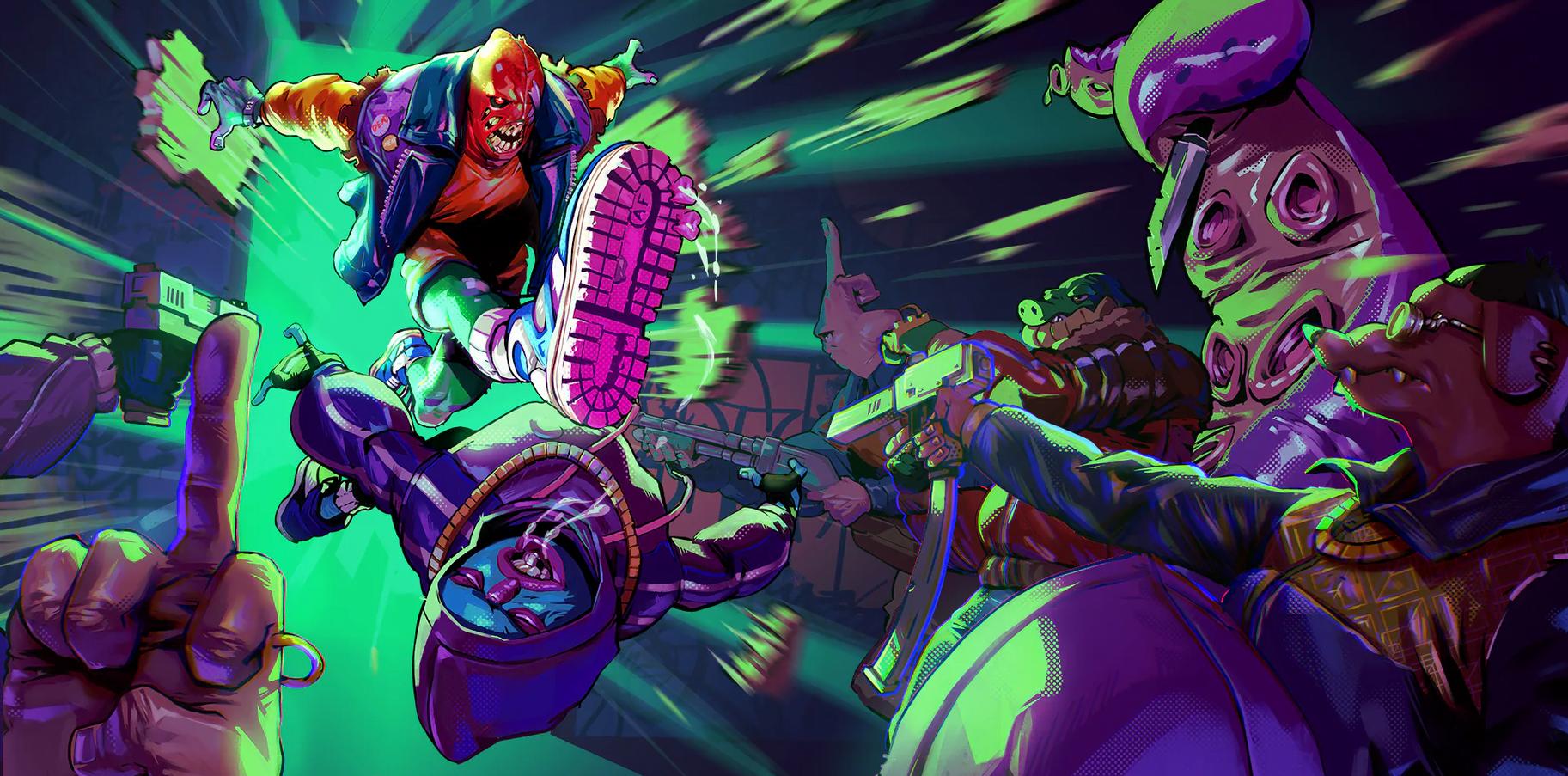2001: A Space Odyssey is still what I would consider to be one of the best films of all time. Despite the fact that the futuristic universe 2001 imagined has never come, it has an unrivalled aesthetic, soundtrack, and style which remains second-to-none. The special effects, impressive beyond anything seen before in 1968 are still impressive today. 2001 has also had a profound impact on science fiction generally, in literature, film and of course videogames.
In 1999, Looking Glass Studios and Irrational Games released the seminal System Shock 2, a game which featured more than a little inspiration from 2001, with murderous AIs, mysterious spaceships, and futuristic technology. Today, Spirits of Xanadu is a new game clearly influenced by System Shock 2 and 2001. Indeed, Spirits of Xanadu has even been published by Night Dive Studios, who also republished System Shock 2. Xanadu is a short experience, but it is most definitely sweet, where you must explore the seemingly abandoned spaceship ERA Xanadu, repair her systems and return her to Earth.
Spirits of Xanadu takes place in an alternative 1983, where civilization has discovered interstellar flight and suspended animation, and is already exploring the galaxy. As Operative 375 of the Extrasolar Research Association, you have been dispatched to recover the research vessel Xanadu and determine what has happened to her crew, after communications ceased several months previously. After a briefing from headquarters, your shuttle docks with the Xanadu and you’re on your own. The game provides zero hand holding, never telling you explicitly what to do or where to go, aside from occasional handy voice announcements from the ship’s computer telling crew to report to the engine room or the bridge. Your briefing docket includes all of your main instructions, and it’s up to do to decide what order to tackle things in. One instruction is to restore main power, and after visiting Engineering and discovering a fuse is missing, you must track down a new fuse. However, exploring the Xanadu is far from plain sailing given that the internal robotic security has gone haywire and will attack anything in sight.

The main aspect of gameplay comprises of wandering around the Xanadu for missing equipment or parts, and returning them to their rightful locations in order to restart systems and return the ship to Earth. You’re provided with a blaster pistol initially to protect you from the robots, but you can find a shotgun and a plasma rifle later on. All of these have infinite ammunition, so worrying about running out of it isn’t a problem. The spaceship is one large, sprawling level, which will be immediately familiar to anyone who played System Shock 2, right down to the anti-gravity platforms which allow you to ascend or descent to different decks. There are three main types of robots which you’ll face off against: the Dalek-like security droids, pesky flying robots who zap you with electricity and humanoid robots who sprint towards you and explode. Again like System Shock, the robots will eventually respawn in most of the areas you clear out, which means retracing you steps can still be fairly tense.
Holding the gameplay together is the narrative glue of what happened to the Xanadu’s 3-person crew. Through liberally scattered voice logs, you’ll slowly learn about a mysterious artefact the crew found and brought on board, and the horror that ensued. It has to be said that the voice-acting is superb, being emotive in the right measure and never overplayed. The differencing personalities of the crew clash at various times, and unpicking the narrative from the random order you discover the audio logs in is fascinating. There are also a selection of notes and letters to pick up across the ship, which again help to give more exposition and provide the game world a greater sense of place.

From a graphical standpoint the game isn’t the prettiest looker, but its aesthetic mainly works. Environments are low detail with minimal identifying features on surfaces, but you can nonetheless open every drawer and look in every filing cabinet. Lighting and particle effects are more impressive than the textures, and do somewhat hark back to the System Shock era. The shadowy interior of the Xanadu before you restore main power is very moody and atmospheric, especially when a security droid suddenly rounds a corner and opens fire.
The main flaw of the game is simply its length. Whilst the ERA Xanadu may initially seem huge, once you’ve fully explored it you realise that some creative corridor design is making it seem larger than it actually is. Furthermore, even by pausing to read every note and track down every audio log, the game takes at most three hours to complete, and because the multiple endings are simple binary choices, it’s easy to reload a save and see them all. What Spirits of Xanadu could have done with was a whole second deck to the ship, to double the size of the playable environment, alongside increasing the enemy variety. On normal difficulty the game is also a bit of a cakewalk, and if you do die you are simply deposited in the ship’s Brig with you inventory intact, with seemingly no ill-effects. If you value a challenge, harder difficulty is recommended. On the other hand, there is also a peaceful mode for those who don’t want to embark on robotic murder and just experience the story.

Spirits of Xanadu is like a thin slice of a really excellent pie; you adore it while it lasts and when it’s finished it leaves you craving more. It is reverential of its inspirations but isn’t beholden to them, free to streamline in areas that needed streamlining, but keeping a firm hand on the aspects which needed to remain strong, such as atmosphere and storytelling. I have high hopes for whatever the developers plan to do next, because with Spirits of Xanadu they have proven that they can create an engaging, interesting world which is fun to explore.




